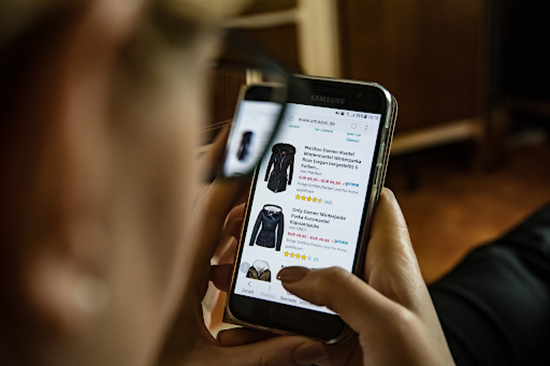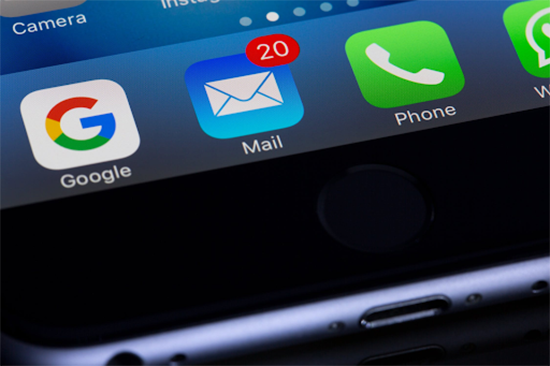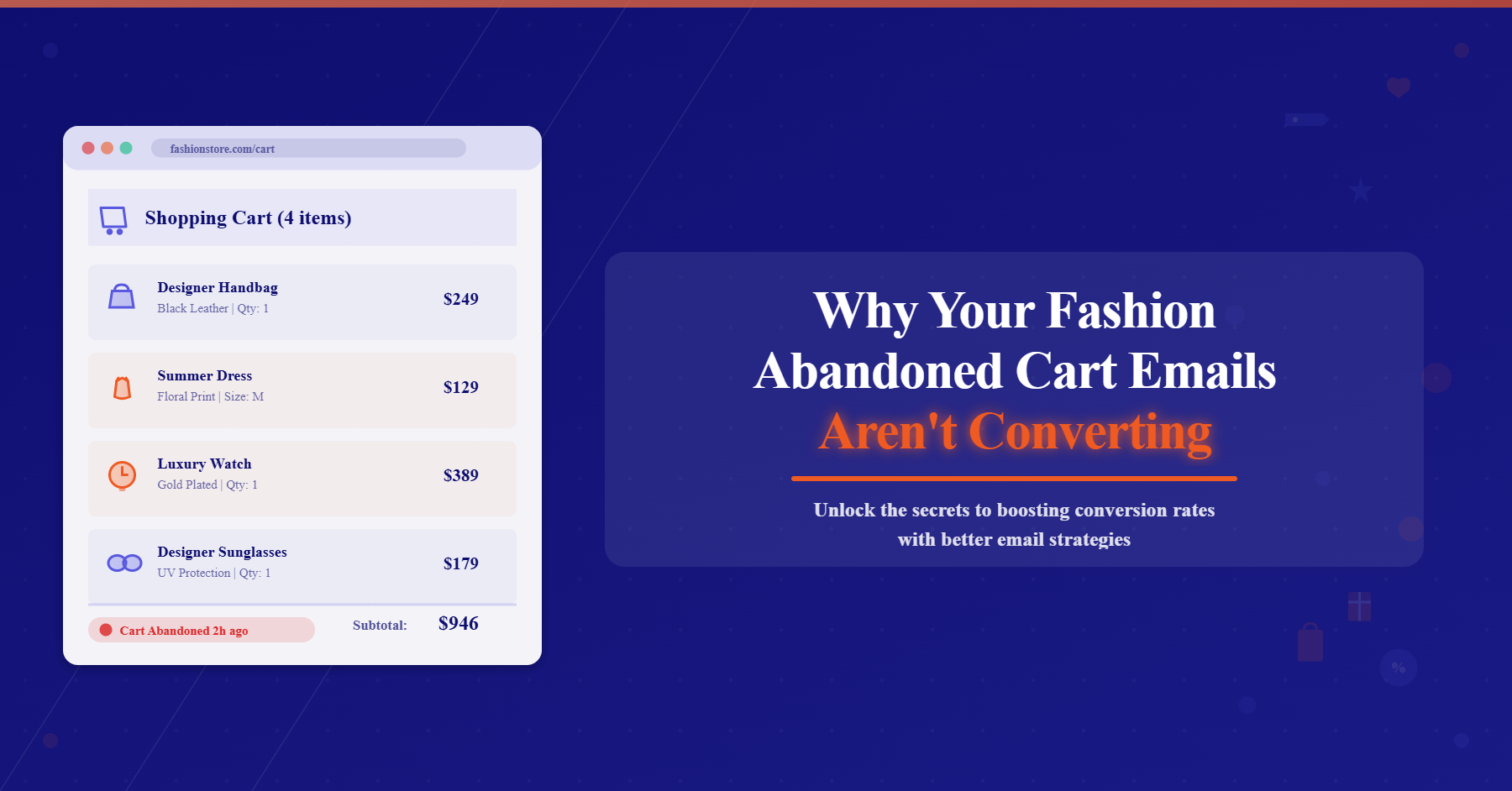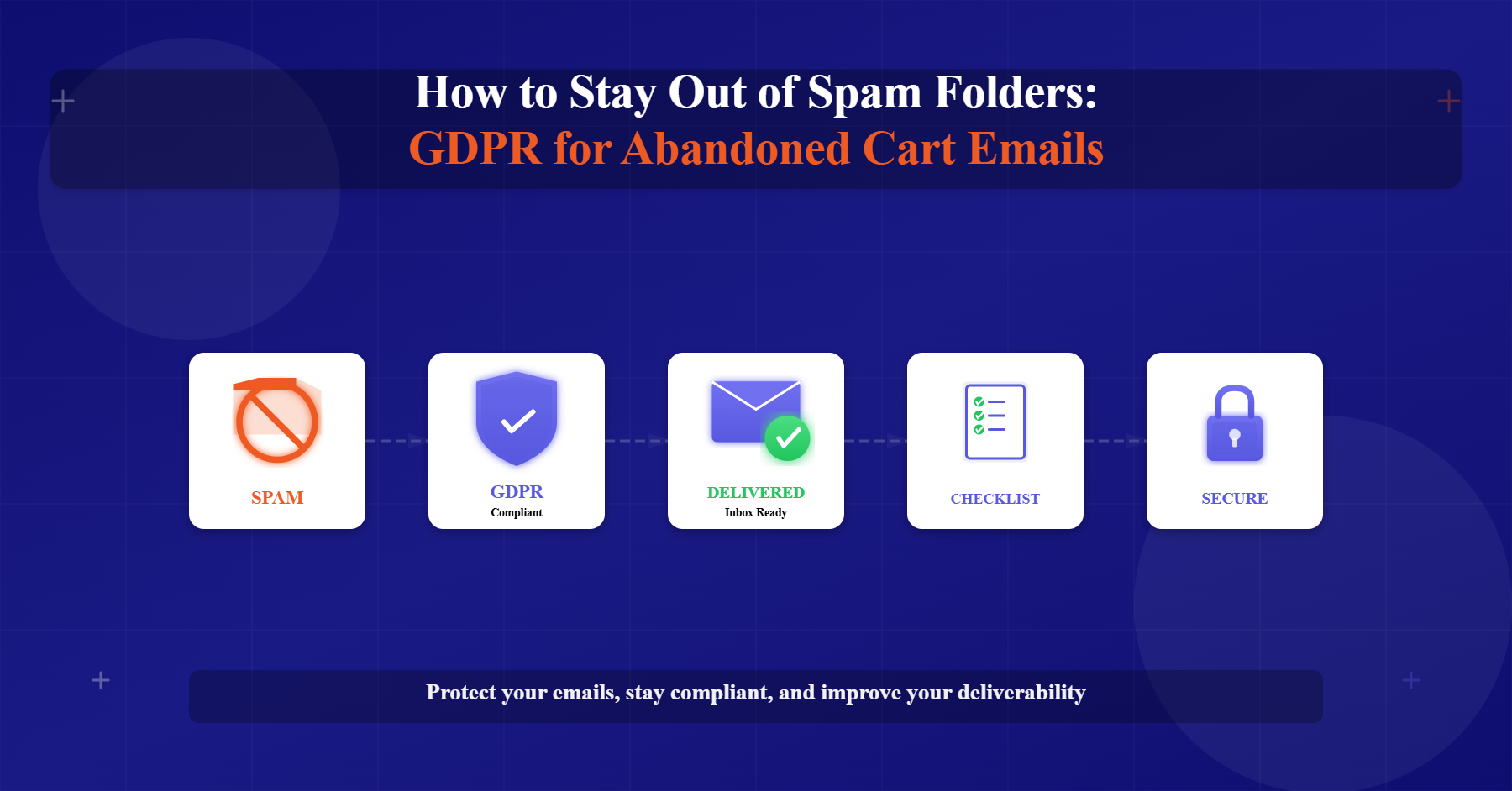In the ever-changing world of online marketing, email is still one of the most popular ways to reach your audience. But as consumers are being bombarded with marketing every day, it can be easy for your emails to get lost in the crowd. If you are struggling to engage with your customers, you need to take your personalized email marketing a step further.
In this article, we will be looking at the hyper-personal approach to email marketing and why it is the future.
How Does a Hyper-Personal Approach Work?
A hyper-personal approach to email marketing is basically using the information you have on consumers to create emails specifically for them. Now, of course, we can’t design separate emails for each customer. But we can collect data on their online habits to “hyper-personalize” aspects of the emails sent to them.
This is done the same way as the personalization you are likely used to. Collect customer data, analyze it, and use it to create an email marketing campaign. The main development is that we are now looking more closely at exactly how consumers behave online in real time.
Free to use image sourced from Pexels
What’s involved
One important aspect to consider when implementing a hyper-personalized approach is ensuring the accuracy and validity of the customer data you collect. Incorporating email verification tools, such as Hunter.io and NeverBounce, can help to clean your email list and reduce the number of bounced or invalid emails, improving the effectiveness of your email campaigns.
As a marketing professional, you will already know that consumers prefer the personal touch. This is even more true when it comes to emails. Customers want to be addressed by their names. They want sale suggestions based on what they already buy. They want offers on special occasions. We are no longer just looking at what people are buying. We are looking at how they shop, when they shop, and why they shop.
This is done by collecting, analyzing, and managing large groups of data. Using technology such as machine learning development services and predictive algorithms, we can understand how consumers behave online and predict their shopping habits. This will enable us to give our customers a hyper-personalized shopping experience.
Additionally, incorporating a professional email signature can help to build trust and brand recognition, making your emails stand out in a crowded inbox.
The hyper-personal approach to marketing will need employee development and training to succeed. Investing in an effective human resource information system, aka HRIS, such as Paylocity, will help you to monitor your employees‘ training needs.
Free to use image sourced from Pexels
Take personalization to the next level
You’ve heard of customer segments in your subscriber lists. Hyper-personalization takes this to the next level. You may have the foundations already set with the creation of buyer personas. With the added use of real-time data, you can create email marketing campaigns based on predicted customer behavior. The smaller customer segments mean that you can tailor your emails to specific buyer groups.
Here are six reasons why you want to look at hyper-personalizing your email marketing campaign:
1. Avoid the Spam Email Folder
Free to use image sourced from Pexels
The first hurdle with email marketing is avoiding the junk folder. It only takes a few ignored emails from your subscribers before they forget about you altogether. The reasons your emails end up in the spam folder could be:
- High email frequency: Are you sending too many emails?
- Targeting the wrong audience: You haven’t segmented your list. Subscribers won’t all be interested in the same content.
- Low open rates: If your emails are not being opened, they will eventually be sent straight to spam.
- Forgettable emails: Your consumers know your brand, but your emails or even your email subject lines aren’t interesting enough to grab their attention.
A hyper-personal approach means segmenting your subscriber list into smaller target groups, making it easier to tailor emails to customer preferences. Using real-time data also means that you will be sending your emails out at the right time with engaging email subject lines.
Using email verification is an important step to ensure that your emails are delivered to the right inbox.
Free to use image sourced from Pexels
2. Understand Your Audience Better
Hyper-personalization means getting to know your audience. The more you know about your customers, the more you can tailor your emails to their needs. In the past, you may have looked at using basic data to personalize your emails. This includes age, gender, location, transaction history, etc.
But when taking the hyper-personal approach, you need to delve even deeper. Does a customer have a preferred payment method? Is a customer more likely to buy an outfit than just one item of clothing? Do they shop online in the evening or at weekends?
Free to use image sourced from Pexels
Hyper-personalization in email marketing uses real-time data and machine learning to create predictive algorithms and buyer personas. Recent email marketing trends show that hyper-personalization is becoming increasingly popular, with businesses using real-time data to create highly targeted email campaigns that resonate with their customers.
Analytics orchestration, combining and organizing your data, is essential when working with real-time data. This means you will have the information to not only direct your emails to the right audience but also to send them out at the right time.
Being able to predict changes in shopping habits is also important. Customer shopping habits can change quickly. For example, during the Covid-19 pandemic, online shopping increased immensely. But slower changes can be harder to see, such as many businesses didn’t notice that many consumers were turning back to in-person shopping. This is why gathering and analyzing real-time data is as important as creating customer profiles.
Free to use image sourced from Pexels
3. Improve the Customers’ Experience
When shopping online, customers want to be treated as individuals. They want a simple and personalized shopping experience. This goes back to using customer segments. A hyper-personal approach to using segmentation in your email marketing means creating even smaller, more specific email lists. Consumers receive emails they can relate to that are easier for them to navigate.
For example, you could send an email about a summer clothes sale to your ‘shops in the sales’ customer segment. Alternatively, you could look at what these customers have saved in their favorites section. With this data, you can create several smaller, more specific segments. These customers will receive emails that closely match their shopping habits, improving their shopping experience.
Free to use image sourced from Pexels
4. Increase Conversion Rates
Using email marketing to generate sales becomes much easier as you begin to personalize your emails. Over the past few years, it has become more apparent that personalization is the key to increasing conversion rates. The aim is to grab the customer’s attention, which you won’t do if you can’t even be bothered to include their name.
Personalized, targeted marketing will always win against generic marketing emails. Although it can be difficult to navigate at first, you will also actually be sending out fewer emails in the long run. It is all about quality over quantity.
Think about it, would you rather receive a general email from your favorite brands every day? Or would you like them to contact you when they have something that interests you?
Hyper-personalization increases conversion rates by:
- Reducing the customer shopping journey, making it less likely that they will get bored before reaching the checkout stage.
- Simplifying shopping by creating more tailored recommendations.
- Reducing the number of items returned by customers as they have been able to find items that match their needs.
- Improving customer engagement by sending fewer, more tailored emails to them.
Free to use image sourced from Pexels
5. Build Trust
Consumers are more likely to purchase from a company they can trust. They want their customer needs to be met, but also to feel like more than just another purchase. A generic ‘Thank you for shopping with us!’ email will no longer make the customer feel appreciated. Instead, they need to feel valued with more personalized messages, such as noting buyer milestones or recommending matching items.
6. Reduce Marketing Costs
A hyper-personal approach to marketing is not only cost-effective but also saves time and resources. Rather than spending time and money sending the same messages to as many people as possible, this approach to marketing targets smaller audiences at specific times.
Reduced marketing costs also leave resources to focus on your other business operations, such as improving your customer service and better human capital management (HCM). But what is HCM? It means you are hiring the right people, and they are receiving the correct training to optimize productivity. This is important as technological advances make gathering data for hyper-personalization easier. By combining your improved marketing efforts, customer service, and HCM, you’ll be able to streamline your business across the board.
Free to use image sourced from Pexels
Hyper-Personalizing Your Email Marketing Campaign
As e-commerce gets even more competitive, more and more marketing emails are ending up in the spam folder. The only way to stand out is to create a personalized experience for your customers. Their time is precious, so you need to show why they should choose your business over another.
Remember, the hyper-personal approach is a step up from typical personalized emails. This isn’t just emails addressing customers by name and recommending items based on past purchases. Use the real-time data you have gathered to determine what makes your shoppers happy. How can you shorten the customer journey? Are they being rewarded for being loyal?
The difficulty in the hyper-personal approach to marketing is in the initial setup. You need to think about how you will gather your information ethically. You also need to analyze and store this information effectively, which is becoming increasingly easier with advanced software and cloud storage.
To make this process more efficient, businesses can also optimize cloud costs by monitoring usage, eliminating waste, and selecting the right storage and computing options, ensuring that personalised marketing efforts are both scalable and cost-effective
Hyper-Personalization: The Future of Email Marketing?
So is the hyper-personal approach to email marketing really the future? Well, it looks that way. With advances in AI and machine learning technology, finding out exactly what our consumers are looking for is becoming easier. But with these advances comes a higher demand for more hyper-personalization.
While it may initially require new software or employee training and development, hyper-personalization is a great way to foster customer loyalty, increase conversions and lower your long-term marketing costs. What’s not to like?













